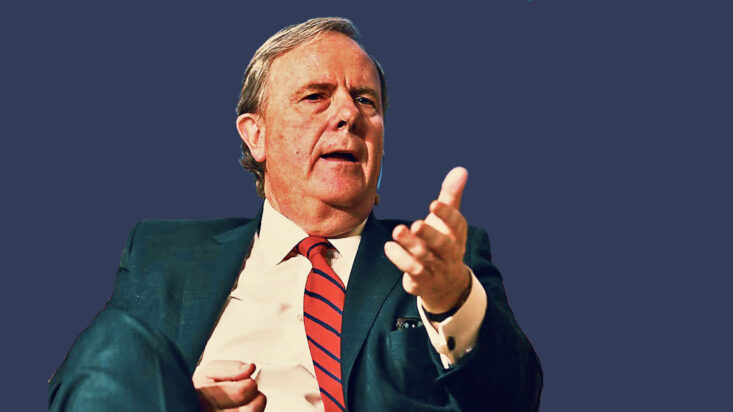Future fund prepares for worst
One of the most eagerly awaited updates in the investment market is that of the $171 billion Future Fund, Australia’s sovereign wealth fund – and the December 2020 update was even more closely watched than normal.
Because of its initial purpose – to invest in order to fund large unfunded Commonwealth public-sector superannuation liabilities which were (and still are, to some extent) paid out of consolidated revenue – the Future Fund, which started investing in July 2007 with $60.5 billion, has always been a unique investor.
Its statement of investment policies, when it started its investing life in July 2007, showed a new way of thinking, with the usual categories of equities and debt securities de-emphasised in favour of a distinction between “tangible” assets (defined as property, infrastructure and utilities, in listed or unlisted form); “alternative” assets, considered to include a range of risk premiums (for example, commodities and futures and insurance-based strategies); and skill-based absolute-return investments, or “intangible” assets.
The Fund has a very clear objective enshrined in legislation and reflected in the Investment Mandate Directions issued by government. These range from seeking relatively high long term real returns, and an associated higher level of risk tolerance, through moderate risk and return levels and the provision of a stable income stream, down to low risk focused on capital protection and high levels of liquidity.
The Future Fund started life with an Investment Mandate target return of Australian CPI plus 4.5%-5.5% a year, but on 1 July 2017 this was reduced from to CPI plus 4%-5% a year over the long term. These returns are to be sought with “an acceptable but not excessive level of risk.”
It is very much a long-term investment style – and very different to super funds.
With the government – which is the Fund’s only “member” – deciding not to withdraw money from the Future Fund until 2026-27, it certainly doesn’t have to worry about meeting redemption requests.
Conversely, the Future Fund is not receiving constant SG contributions of 9.5%, either. It is growing only to the extent of returns on its capital.
For 2020, the Future Fund returned 1.7%, well short of its target return, of 4.4% – and just over half of what the average super fund returned, at about 3%.
While the 2020 performance was a long way short of the 14.3 per cent gain the Future Fund delivered in 2019, that is not really the lens through which we should look at it – the Future Fund is a long-term investor. Its 10-year return of 9.0% pa, against a target of 6.2% pa, is a better yardstick.
Since inception (May 2006), the Fund has returned 7.6% pa, versus its target return of 6.6% pa.
Looking at 2020 is a good example of how the Fund sees its investment task.
The Future Fund had a quite conservative risk setting when the COVID Crash slammed the markets. When global markets slumped 30 per cent in the March 2020 quarter, the Future Fund was down by just 3.4% by comparison, and it followed that with a 0.7% contraction in the June 2020 quarter. The management team did a great job of protecting the downside.
However, because the Future Fund did not radically adjust its conservative risk stance, it missed the market resurgence in the second half of the year – resulting in a full-year return of 1.7%.
While that would probably have it identified as underperforming on an APRA heat map, the Future Fund is arguably positioning itself for an environment in which current market pricing turns out to be delusional.
What it is not doing is setting itself up to chase short-term performance.
In any case, the Fund says it is still happy to take investment risk – but in different ways to other investors. For example, in the alternatives part of the portfolio (14.2 per cent of holdings), the Future Fund says it has worked with its hedge fund managers to increase its exposure to the market.
This in turn means the Future Fund can have the same level of market exposure across the entire portfolio while holding fewer direct equities, which in turn means it has more cash to deploy if asset prices correct.
The Fund has also increased liquidity in the portfolio in recent years by selling down private assets to give itself maximum flexibility, a process that has increased the cash holding independent of any risk focus.
The Future Fund management team is paid to try to reach its investment mandate return objective with “an acceptable but not excessive level of risk,” and that’s simply what it believes it is doing. It goes without saying that embedded in its portfolio allocation are its views on monetary policy, the likely pandemic/vaccine situation, prospects for the global economy, the geo-political outlook and – most importantly – current market pricing.










